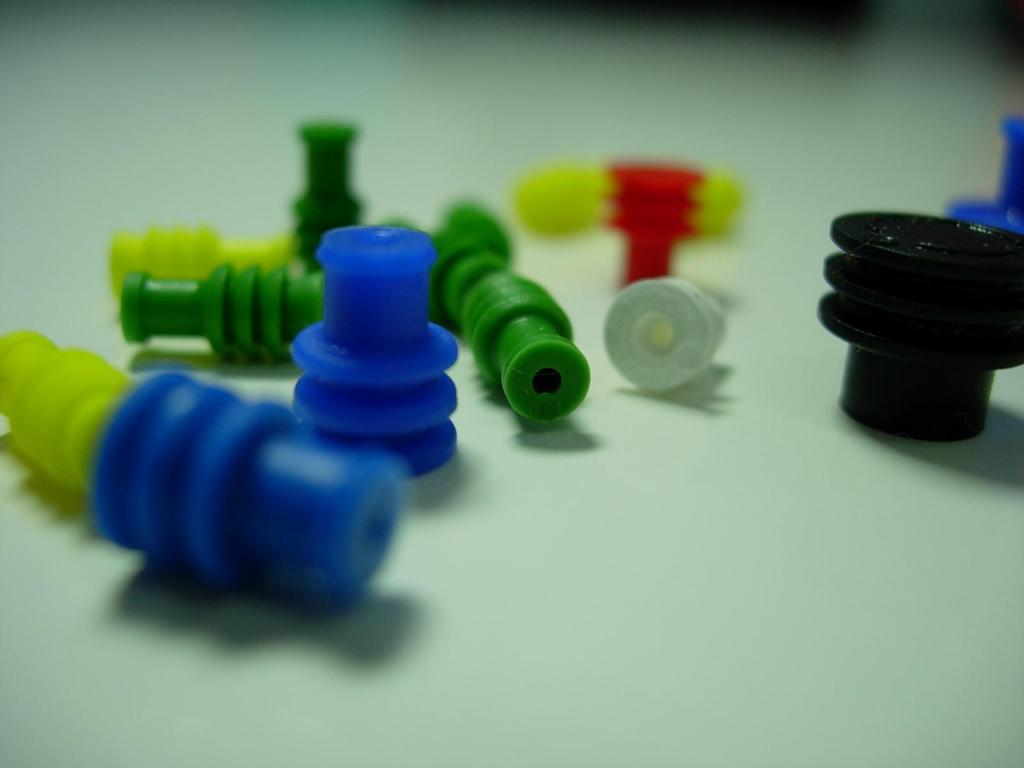![[sort:name]](/static/upload/image/20241224/1735007366367909.jpg)
The earliest insulation materials used were natural products such as cotton cloth, silk, mica, rubber, etc. At the beginning of the 20th century, industrial synthetic plastic phenolic resin was first introduced, which has good electrical properties and high heat resistance. In the future, urea formaldehyde resin and alkyd resin with better performance emerged successively. The emergence of trichlorobiphenyl synthetic insulating oil has led to a leap in the performance of power capacitors (but it has since been discontinued due to its harmful effects on human health). Sulfur hexafluoride was also synthesized during the same period.

Since the 1930s, synthetic insulation materials have developed rapidly, mainly including formaldehyde resin, chloroprene rubber, polyvinyl chloride, styrene butadiene rubber, polyamide, melamine, polyethylene, and polytetrafluoroethylene, which is known as the plastic king due to its excellent performance. The emergence of these synthetic materials has played a significant role in the development of electrical technology. If formaldehyde enameled wire is used for motors, its working temperature and The reliability is improved, while the volume and weight of the motor are greatly reduced. The successful development of glass fiber and its woven tape, as well as the synthesis of silicone resin, have added the heat resistance level of H to motor insulation.
Unsaturated polyester and epoxy resin emerged after the 1940s. The emergence of mica paper has freed people from the dilemma of scarce mica resources.
Since the 1950s, new materials based on synthetic resins have been widely used, such as unsaturated polyester and epoxy insulation adhesives, which can be used for impregnating high-voltage motor coils. Polyester series products are used in motor slot lining insulation, enameled wire, and impregnating paint, developing E-class and B-class low-voltage motor insulation, further reducing the volume and weight of motors. Sulfur hexafluoride began to be used in high-voltage electrical appliances and developed towards large capacity and miniaturization. The air insulation of circuit breakers and the oil and paper insulation of transformers have been partially replaced by sulfur hexafluoride.
In the 1960s, heat-resistant resins containing heterocyclic and aromatic rings made great progress, such as polyimide, polyarylamide, polyarylsulfone, polyphenylene sulfide and other materials belonging to H-grade and higher heat-resistant grades. The synthesis of these heat-resistant materials is for future development F-class and H-class motors have created favorable conditions. Polypropylene film was also successfully used in power capacitors during this period.
Since the 1970s, there has been relatively little research and development on new materials. During this period, the main focus was on modifying existing materials and expanding their application scope. Adopting new methods to refine mineral insulating oil to reduce its loss; Epoxy mica insulation has made many improvements in improving its mechanical properties and achieving no air gap to enhance its electrical performance. The transition of power capacitors from paper film composite structure to full film structure. Research has begun on replacing traditional natural fiber paper with synthetic paper insulation for 1000 kV ultra-high voltage power cables. Since the 1970s, pollution-free insulation materials have also developed rapidly, such as replacing toxic medium chlorinated biphenyl with non-toxic medium isopropyl biphenyl and ester oil, and expanding the application of solvent-free paints. With the popularization of household appliances, major fire accidents caused by insulation materials catching fire have occurred frequently, so the research on flame retardant materials has attracted attention.
TEL:13956251648 / 0562-6863868
Email:1350780210@qq.com
Address:Tongjing East Road, Yi'an District, Tongling City, Anhui Province
Copyright ? 2023-2024 Tongling Jinli Electronics Co., Ltd
sitemap
technical support:Chengguang Network

 scan
scan